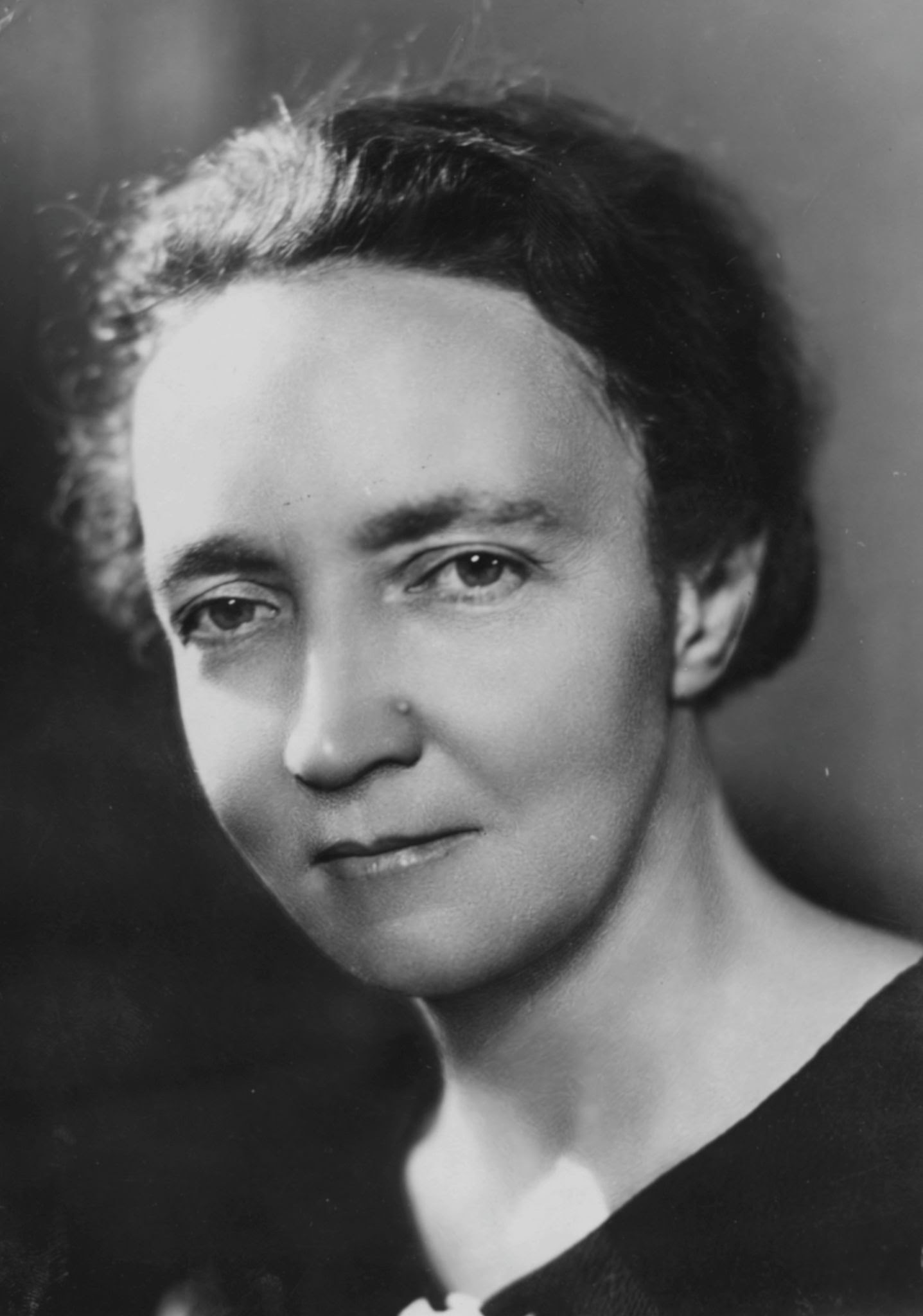Irène Joliot-Curie
1897-1956

Irène Curie, born on September 12, 1897, in Paris, is a prominent figure in French science. As the eldest daughter of the renowned scientists Pierre and Marie Curie, Irène grew up in an intellectually stimulating environment that profoundly influenced her scientific career.
Youth and Education of Irène Joliot-Curie
During World War I, Irène Joliot-Curie earned her diploma as a radiological nurse in March 1915. She accompanied her mother, Marie Curie, in setting up radiological equipment in field hospitals. In 1920, she obtained her degree in physical sciences and began working at the Curie Laboratory of the Radium Institute, where she prepared her thesis on the alpha rays of polonium, which she defended in 1925.
Marriage and Collaboration with Frédéric Joliot-Curie
In December 1924, Irène met Frédéric Joliot, a brilliant physics engineer. They married on October 4, 1926, and had two children: Hélène, born in 1927, and Pierre, born in 1932. The Joliot-Curie couple shared a common passion for scientific research and made major discoveries together between 1928 and 1935, including work on artificial radioactivity.
Scientific Discoveries of Irène Joliot-Curie
In January 1934, Irène and Frédéric Joliot-Curie published their groundbreaking discovery of artificial radioactivity. Their work was recognized with the Nobel Prize in Chemistry in December 1935. This discovery paved the way for new research and applications in the field of nuclear physics.
Political and Academic Engagement
In 1936, Irène Joliot-Curie was appointed Undersecretary of State for Scientific Research in the Popular Front government, becoming one of the first women to hold a government position in France. She continued to contribute to science and education, serving as a lecturer and later a professor at the Faculty of Science in Paris. In 1946, she was appointed director of the Curie Laboratory at the Radium Institute.
Later Career and Death of Irène Joliot-Curie
Despite health issues, Irène Joliot-Curie continued her scientific work. In 1955, she secured the creation of a new modern laboratory in Orsay, equipped with a synchrocyclotron. Her intensive work in radiology led to acute leukemia, and she passed away on March 17, 1956, at the Curie Hospital.
Irène Joliot-Curie’s contributions to science and her political engagement have left a lasting impact on the history of physics and chemistry, establishing her as a key figure in scientific research and women’s emancipation.
